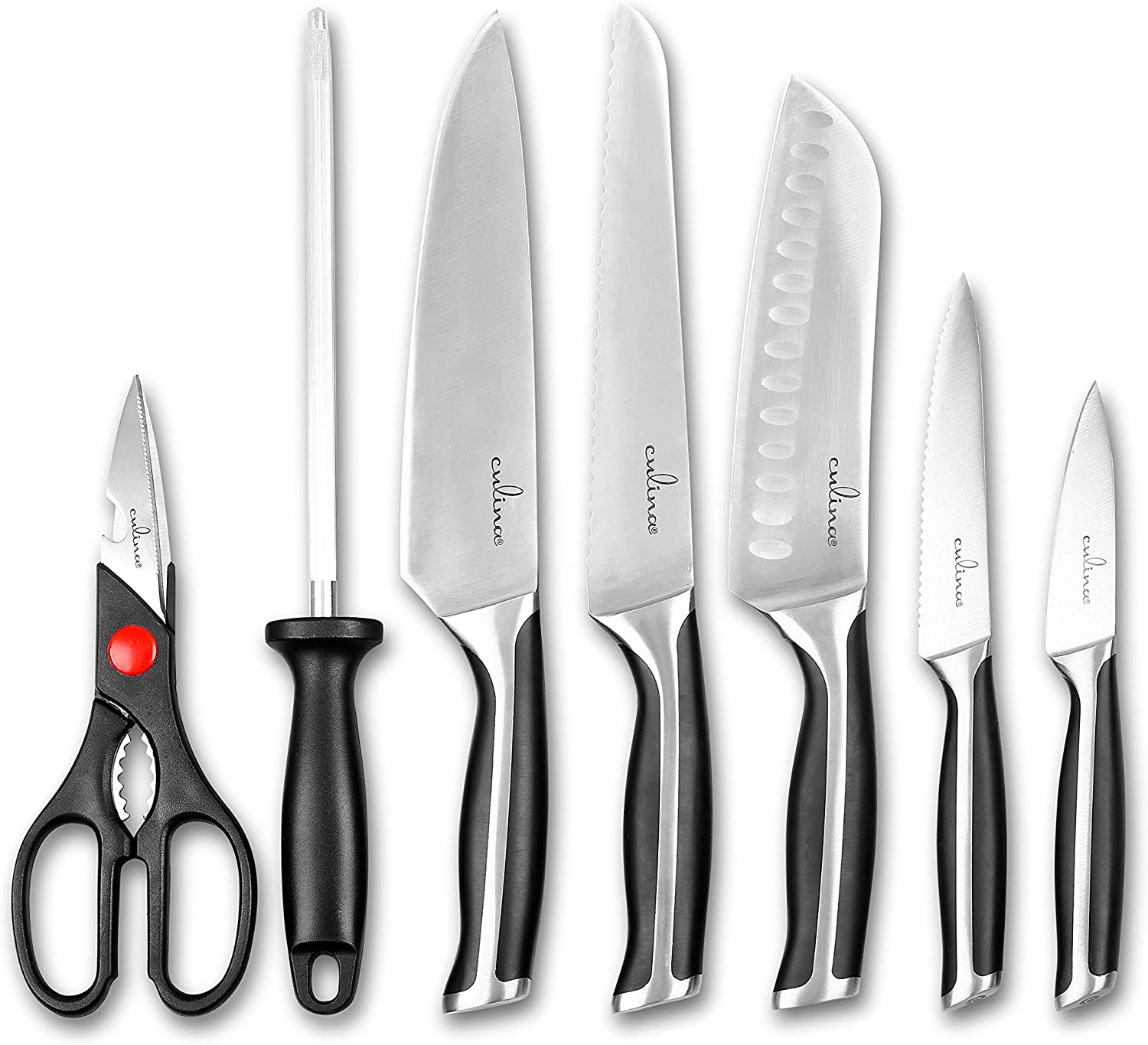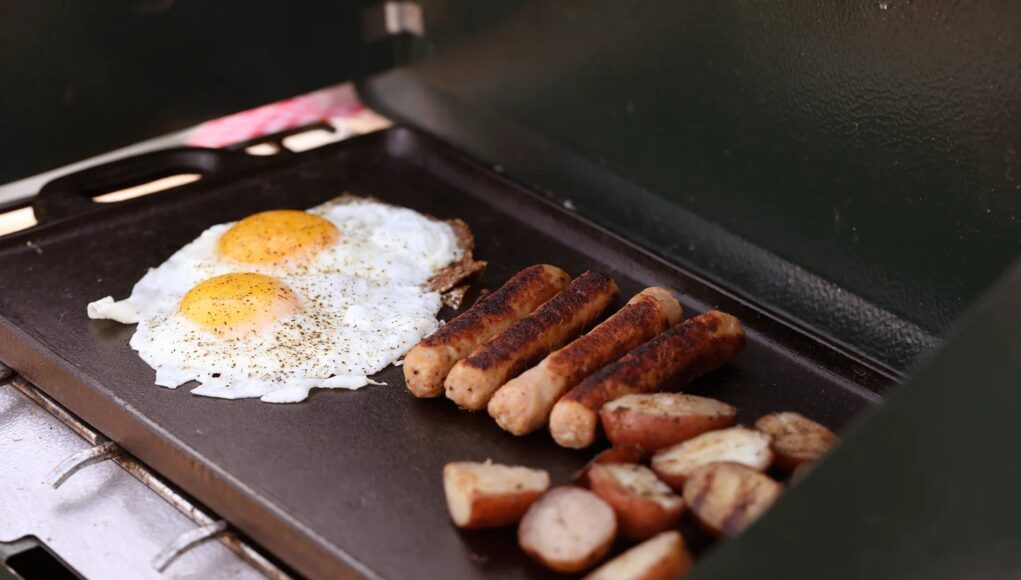Properly seasoning your griddle for the first time is a pivotal step to ensure your cooking experience is exceptional. Whether you’re a seasoned chef or a beginner, understanding how to season a griddle for the first time can make a world of difference in your culinary adventures, especially if you’re a chicken lover. A well-seasoned griddle not only enhances flavors but also prevents food from sticking, making it easier to clean and maintain.

What is Seasoning?
Seasoning refers to the process of treating the surface of your griddle with oil to create a non-stick layer. This is typically done by heating the oil until it bonds to the metal, forming a protective coat. The goal is to create a surface that is smooth, non-stick, and resilient to rust and other forms of damage.
Materials Needed for Seasoning a Griddle
Essentials
- Griddle
- High smoke point oil (like vegetable oil or flaxseed oil)
- Paper towels or a clean cloth
- Tongs (to handle hot materials)
Optional
- Baking sheet (to catch any drips)
- Splash guard (to protect your kitchen)

Step-by-Step Guide to Seasoning Your Griddle
Step 1: Clean Your Griddle
Before you begin the seasoning process, it’s crucial to thoroughly clean your griddle. Use hot, soapy water and a sponge to scrub off any factory coating or residue. Rinse well and dry completely.
Step 2: Preheat the Griddle
Turn on your griddle and let it heat up. You want it to be hot but not smoking. This process helps to open the pores of the metal, allowing the oil to seep in more effectively.
Step 3: Apply the Oil
Using tongs and a paper towel or clean cloth, carefully apply a thin layer of oil to the entire surface of the griddle. The best oils for this process are those with a high smoke point, such as vegetable oil or flaxseed oil.
Step 4: Heat the Griddle Again
Once the oil is evenly applied, turn the heat back on and let the griddle stay on until the oil starts to smoke. This indicates that the oil is bonding to the metal. Allow it to smoke for about 15-20 minutes.
Step 5: Repeat the Process
For the best results, repeat the oiling and heating process 2-4 times. This will build up a robust layer of seasoning that will improve the durability and non-stick properties of your griddle.
Maintaining Your Seasoned Griddle
Maintaining the seasoning on your griddle is just as important as the initial seasoning. After each use, make sure to clean the griddle without using soap, which can strip away the seasoning. Instead, use hot water and a non-abrasive scrub brush. Dry thoroughly and apply a thin layer of oil before storing.
Common Mistakes to Avoid
Using the Wrong Oil
One of the most common mistakes is using an oil with a low smoke point, like olive oil, for seasoning. This type of oil can burn quickly and won’t create a durable layer of seasoning.
Not Heating the Griddle Enough
If you dont let the griddle get hot enough during the initial and subsequent heating steps, the oil won’t bond properly, resulting in an ineffective seasoning layer.
Over-oiling
Applying too much oil can lead to a sticky surface. Always use a thin layer to avoid this problem.
Benefits of a Well-Seasoned Griddle
Non-Stick Surface
A well-seasoned griddle provides a non-stick surface, making cooking and cleaning much easier. This is especially beneficial when cooking delicate items like fish or eggs.
Enhanced Flavor
Seasoning adds a unique flavor to your food, particularly important for chicken lovers looking to achieve that perfect taste.
Preventing Rust
The seasoning layer acts as a barrier to moisture, helping to prevent rust and extend the lifespan of your griddle.
Troubleshooting: What to Do If Something Goes Wrong
Sticky Surface
If your griddle ends up sticky, it means youve used too much oil. Strip the seasoning by scrubbing with a bit of soap and start the seasoning process again, ensuring to apply a thinner layer of oil.
Rust Spots
If you notice rust spots, it’s a sign that your seasoning layer has worn off in those areas. Remove the rust with steel wool or a scrub brush and re-season the griddle.
FAQs
How often should I season my griddle?
Its recommended to season your griddle every few months, depending on how frequently you use it. If you notice food sticking or rust appearing, it’s time to re-season.
Can I use olive oil for seasoning?
No, olive oil is not suitable for seasoning due to its low smoke point. Use oils like vegetable oil or flaxseed oil for the best results.
What is the best way to store a seasoned griddle?
Store your griddle in a dry place, applying a thin layer of oil after each use to maintain the seasoning and prevent rust.
Conclusion: Enjoy Your Perfectly Seasoned Griddle
Properly seasoning your griddle is a crucial step to ensure a delightful cooking experience, especially when cooking your favorite chicken recipes. Follow these steps and tips to enjoy the benefits of a well-seasoned griddle. Happy cooking!
For more information on related topics, visit these pages: rotisserie chicken, cook on a griddle, and stovetop griddle.
As an Amazon Associate, I earn from qualifying purchases.










